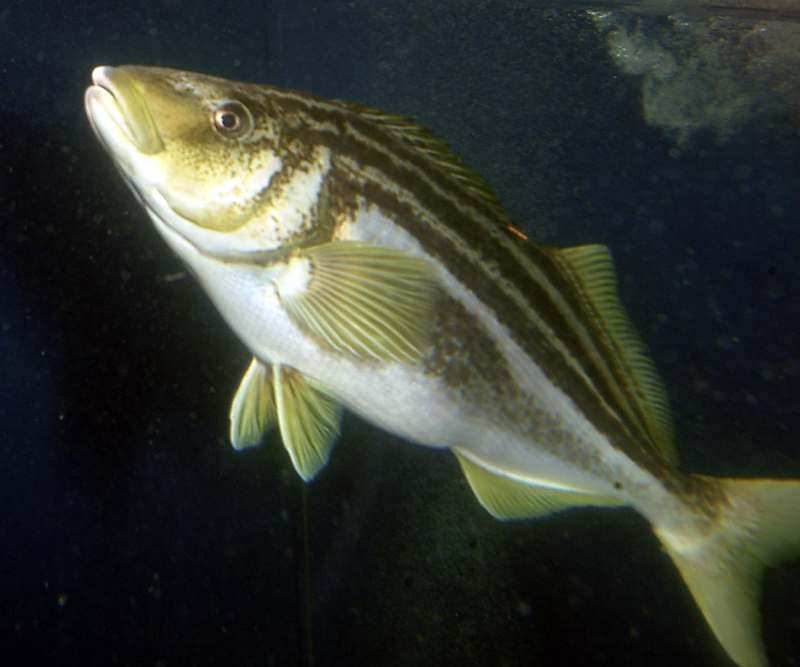Growth
Type of resources
Topics
Keywords
Contact for the resource
Provided by
Years
-
Growth models were constructed for two sea urchin populations over a two-year period using a tag-recapture study in the Mercury Passage, Tasmania. Sea urchins were tagged using tetracycline and calcein and growth models constructed using measurements taken from sea urchin jaws.
-
Samples of Octopus maorum and O. pallidus have been collected from the Eaglehawk fishery and as bycatch from southern rock lobster fishery to determine population structure and spatial and temporal trends. Tag recapture study of O. maorum and O. pallidus in Taroona reserve using PIT tags and movement study using acoustic tracking at Taroona reserve and Eaglehawk neck examine the temporal and spatial scales of movement and habitat use. Octopus tracked using VR2's (presence/absence data) and VRAP (triangulated positional data) at both sites.
-
Sea urchin tagged using tetracycline display visible marks in jaw elements and test plates that can be used to determine growth and subsequently an individuals age. Natural growth lines in the same structures can be used to determine age if natural lines are deposited at a consistent rates independent of age. Sea urchins were tagged using tetracycline and age determined from both fitted growth models and the number of bands deposited. Rates of natural line deposition were also quantified.
-
The aim of this study was to assess how individual size-at-hatching and food consumption influences the growth of Octopus pallidus hatchlings reared under simulated seasonal temperature regimes in Tasmania.
-
Gillnet fishing trials at a number of sites off the east coast of Tasmania have been undertaken to collect samples of the banded morwong, which are characterised based on size, age, maturity stage and sex structure. Otoliths are sectioned for age determination. The dataset comprises a major component of work carried out from the beginning of 2001 and available historic data (1995 to 2000) have also been uploaded into this database to provide a complete dataset. See attached reports for further information.
-
Utilising both fishery independent and industry dependent surveys, spatial and temporal data was collected on scallop, and other bethnic community, abundance. The dataset also includes dredge video surveys and, in some instances, bycatch abundance.
-

This data represents research conducted as part of a PhD project on Striped Trumpeter (Latris lineata). Recorded optimal temperatures and lipid levels in diets, protein levels, growth and survival and body composition analysis for post larval striped trumpeter. Also investigated optimal weaning protocol and recorded post larval metamorphosis data.
-

Data collected includes growth, survival, development (swim bladder inflation, flexion, metamorphosis), health, water quality, systems (tank size etc), nutrition (live feeds, lipids, vitamins) for hatchery reared striped trumpeter (Latris lineata).
-

For hatchery reared striped trumpeter (Latris lineata) data has been collected on length, weight, age, growth, size at metamorphosis, survival in relation to fish density, nutrition, health and system operation (tank size, water volume and quality, oxygen content).
-
The data was collected from 2 years of field sampling from the commerical octopus (Octopus pallidus) fishery in NW Tasmania in Bass Strait. The data consists of morphological, reproductive and ageing information.
 IMAS Metadata Catalogue
IMAS Metadata Catalogue